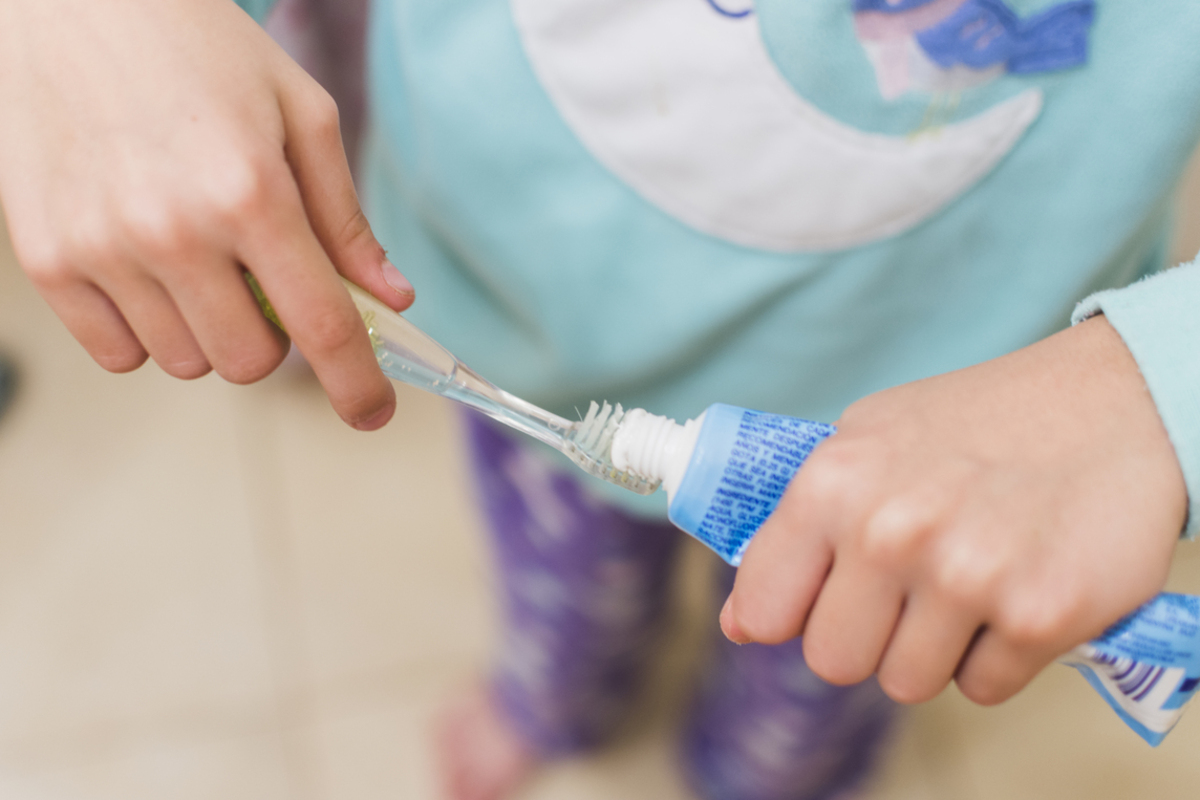Tooth decay is extremely common across different age groups all over the world — but it is most commonly seen in young children of about three to eight years of age.

There are several reasons why tooth decay is so prevalent in this age group:
- Children start asking for sweets and eating on their own rather than just being dependent on their parents
- Permanent teeth start to erupt into the mouth and that can make brushing uncomfortable
- This is also the time children start brushing on their own without supervision, leading to a decline in the efficiency of cleaning
Also, if you — as an adult — think dental treatment is hard to endure, multiply that by a factor of 10 for young children. In fact, many parents really begin to take an interest in wanting to learn about preventing tooth decay when their child has to suffer through some dental intervention in the first place.
One of the primary methods of preventing tooth decay is through brushing twice a day in a thorough manner. The use of fluoridated toothpaste can boost the effectiveness of this exercise significantly. In this article, we will look at the pros and cons of young children using fluoridated toothpaste.
Why fluoride toothpaste?
Toothpaste containing fluoride has been found to be statistically better at protecting tooth decay than other kinds of toothpaste. The reason behind this is the effect that a higher concentration of fluoride has on the teeth. Fluoride makes the teeth stronger and makes them more resistant to the acid produced by decay-causing bacteria. It has also been found to reverse the initial stages of tooth decay, something that can be considered invaluable.
Fluoride toxicity: How much fluoride is too much?
The first question regarding the use of fluoride toothpaste is about its safety. Can toothpaste cause fluoride toxicity? Yes, it can. According to the American Association of Poison Control, the most common cause of fluoride toxicity remains the ingestion of fluoride toothpaste followed by fluoride-containing mouthwash.
That means that oral hygiene products are the most common cause behind causing fluoride toxicity. Almost 80 percent of the cases were also found to strike in children of less than six years of age.
The right way to use a fluoride toothpaste in young children
The use of fluoride toothpaste is advised as soon as the first tooth appears in the mouth and then continued after. This practice is recommended by the American Association of Pediatrics, the American Association of Pediatric Dentistry, and the American Dental Association.
There are some things to be kept in mind, though.
- The amount of toothpaste being used should be kept to a minimum. Young children may not always be able to spit out the excess toothpaste in their mouth or actually actively try to swallow it because they like the flavor.
- In young children, fluoride toothpaste the size of a pea should be used and not more.
- Children should also be encouraged to spit after brushing. As far as possible, the brushing must be done under the supervision of an adult so that there is no chance of accidental ingestion of the toothpaste.
Does all toothpaste have the same amount of fluoride in it?
There are different kinds of fluoride concentrations meant for different uses. Fluoride toothpaste approved for use in children is usually low-fluoride in concentration. It is formulated keeping in safety considerations but has enough fluoride in it to have the anti-cavity effect.
For people who are at high risk of caries, high-fluoride toothpastes may be recommended. Examples would include who have a medical condition affecting their ability to perform oral hygiene procedures adequately, people going through radiation in the head and neck area, or chemotherapy, or people that are dependent on caregivers for their oral hygiene.
This kind of toothpaste is often sold by prescription and comes with specific usage instructions and should only be used after consultation with a dentist.
Should you give young children fluoride toothpaste?
There are also very few methods available to actually be able to prevent dental problems from occurring. Using fluoride toothpaste before dental problems start to occur is an important step in your child’s dental health.
The concerns about ingesting a large amount of toothpaste can be met quite easily with a little supervision.


Your thoughts on this